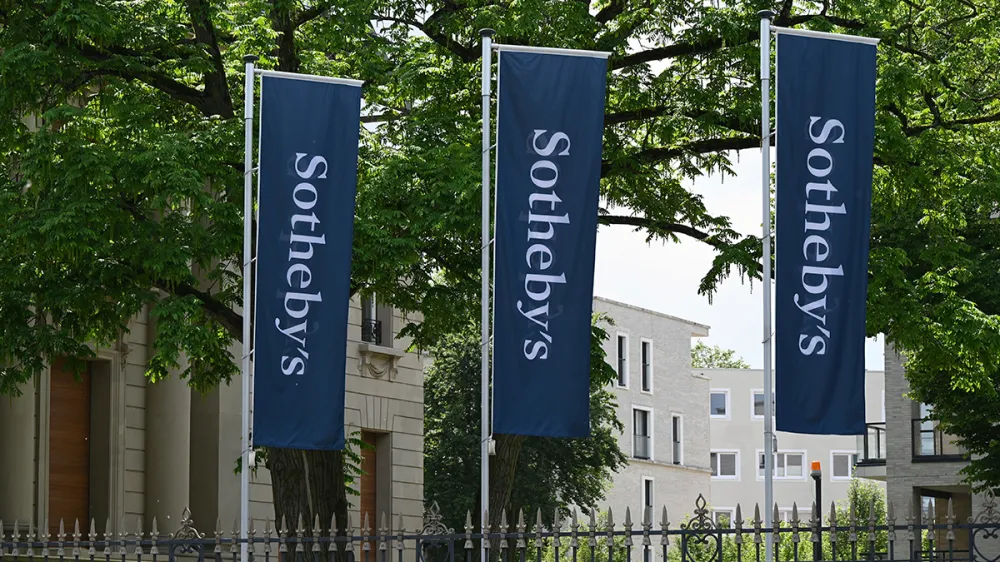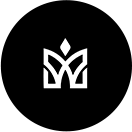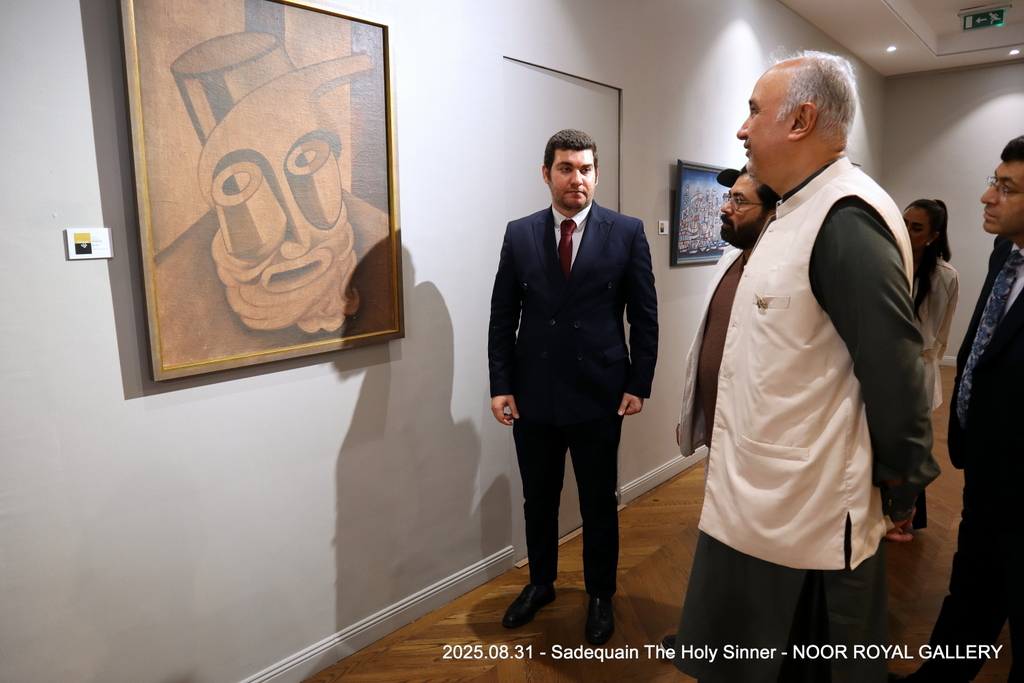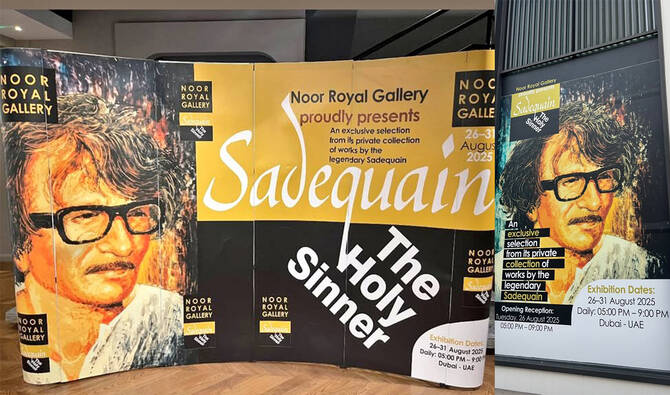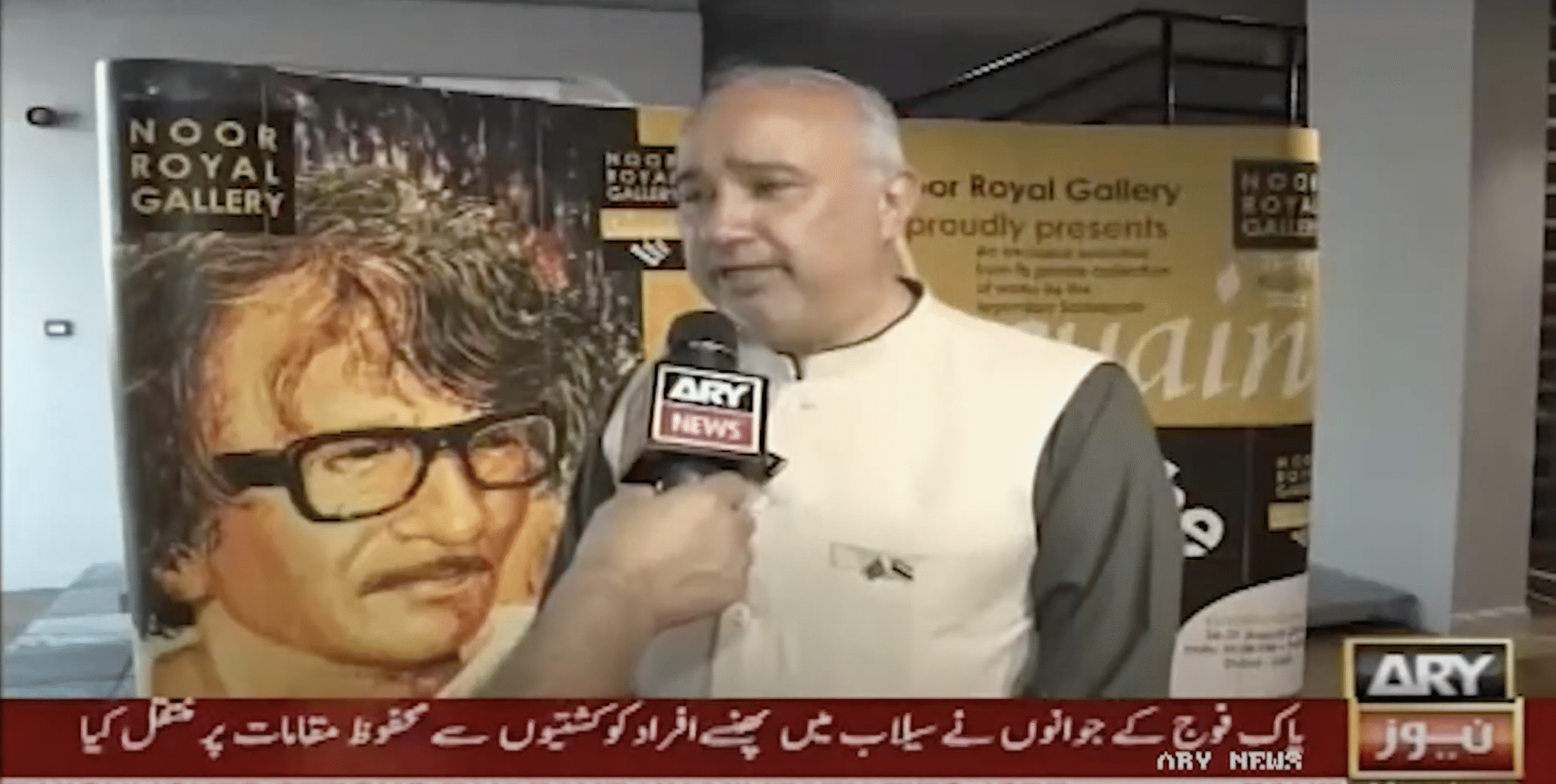Sotheby’s Abu Dhabi is more than just an event — it represents a strategic entry into the fast-growing Middle Eastern luxury and art market. In the summer of 2024, Sotheby’s formalized its partnership with the UAE by selling a minority stake to Abu Dhabi’s sovereign wealth fund, ADQ. Under the deal, ADQ acquired newly issued shares to help reduce debt and fuel Sotheby’s growth and innovation plans.
Patrick Drahi remains the majority shareholder and continues to inject capital into the auction house. Together, Drahi and ADQ are committing $1 billion in planned investment, with additional support from the state-owned Abu Dhabi Investment Office for the upcoming Collectors’ Week.
Abu Dhabi’s Investment in Culture and Creative Industries
This move is part of Abu Dhabi’s larger plan to develop its cultural and creative ecosystem. In 2021, the emirate allocated $6 billion to expand its creative industries, alongside $27 billion dedicated to transforming Saadiyat Island into a cultural hub — home to the Louvre Abu Dhabi, the upcoming Guggenheim Abu Dhabi, and the Zayed National Museum.
Sotheby’s Focus on the Middle East Luxury Market
The UAE’s luxury market is booming — and Sotheby’s clearly aims to capture that demand. According to Chalhoub Group, the Middle East luxury market grew 6% in 2024, reaching nearly $13 billion. Research by Boston Consulting Group and Altagamma projects that the market will double by 2030 to $35–$40 billion, driven largely by the UAE and Saudi Arabia.
By contrast, MENA contemporary art auction sales totaled just $22.8 million in 2024 — despite a 223% year-over-year jump — showing that luxury remains the much larger opportunity.
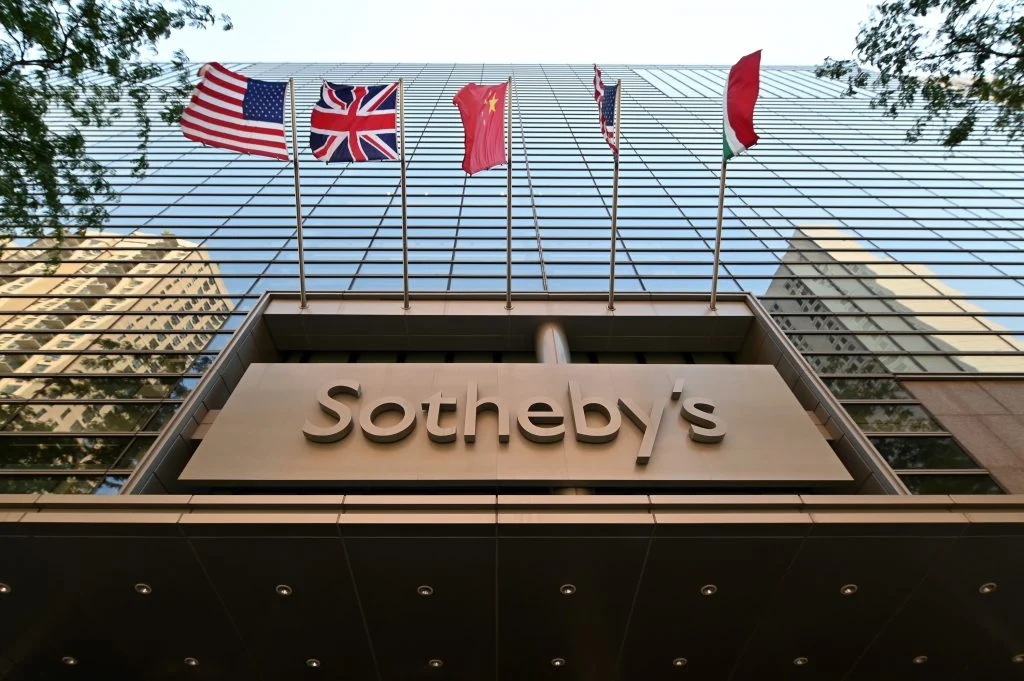
Collectors’ Week: Experience Over Transactions
Interestingly, Sotheby’s is not staging an art auction during Collectors’ Week, but rather a non-selling exhibition featuring Old Masters through contemporary works. This aligns with the company’s broader strategy to create cultural experiences rather than purely transactional events.
Financially, Sotheby’s reported that fine art sales dropped 31% in 2024 to $3.8 billion, while luxury sales have tripled since 2019, surpassing $2 billion last year — nearly one-third of the company’s $6 billion total revenue.
Highlight Lots in Abu Dhabi
Among the standout offerings at Collectors’ Week are:
-
2017 Pagani Zonda 760 Riviera, estimated at $9.5–$10.5 million
-
2010 Aston Martin One-77, estimated at $1.3–$1.6 million
-
Rolex “Oyster Albino” Daytona, estimated at $500,000–$1 million
-
The largest “fancy vivid orangy pink” diamond ever graded, weighing nearly 32 carats, estimated at $5–$7 million
These exceptional items underline Sotheby’s ambition to make Abu Dhabi a global magnet for collectors.
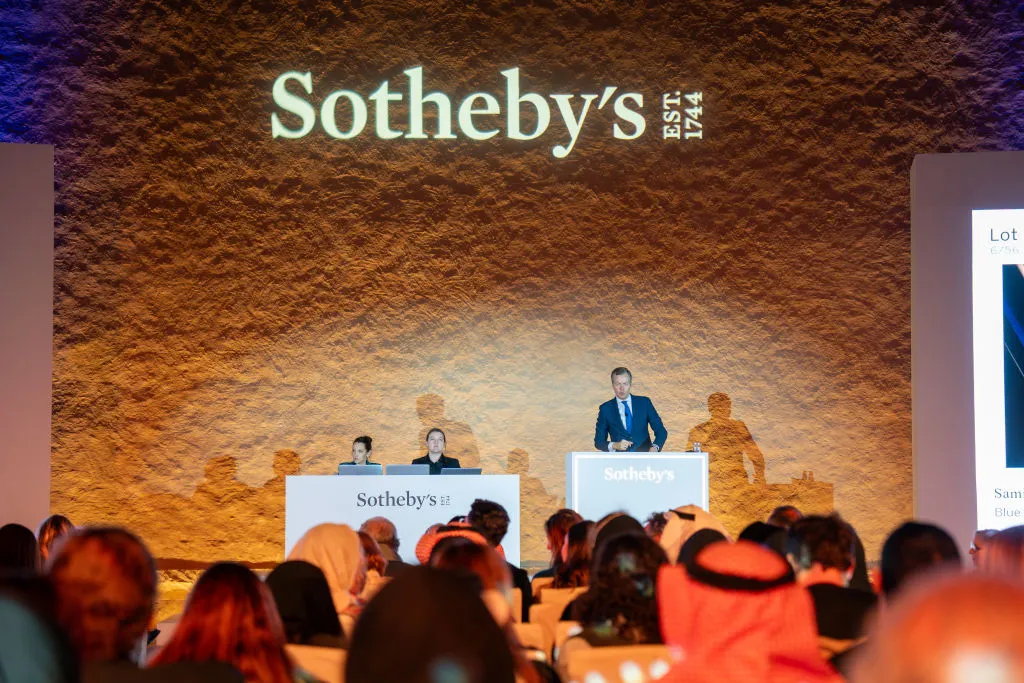
Lessons from Saudi Arabia’s First Luxury Auction
Sotheby’s first luxury auction in Saudi Arabia earlier this year delivered mixed results, with a 65% sell-through rate and nearly half of jewelry lots unsold. Experts say this underscores the need to focus on cultural relevance, provenance transparency, and curated rarity instead of simply relying on big-name lots.
Daniel Langer, CEO of Équité, argues that Collectors’ Week must be a journey, not just a sale — complete with private previews, tailored financing options, and events that serve as a social centerpiece for collectors.
Conclusion
Sotheby’s move into Abu Dhabi marks a pivotal moment for the intersection of art and luxury in the Middle East. With a booming luxury market and growing appetite for cultural experiences, Abu Dhabi is well-positioned to become a regional hub for high-end collecting.
For Sotheby’s, success will depend on delivering a personalized, education-driven, and culturally relevant experience that turns Collectors’ Week into a landmark event. Done right, Abu Dhabi could outperform Saudi Arabia’s debut and set a new benchmark for luxury and art in the region.


